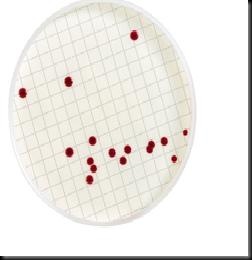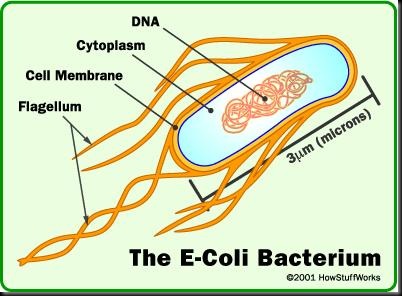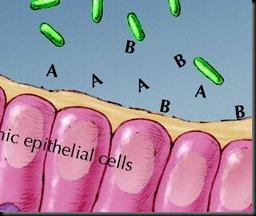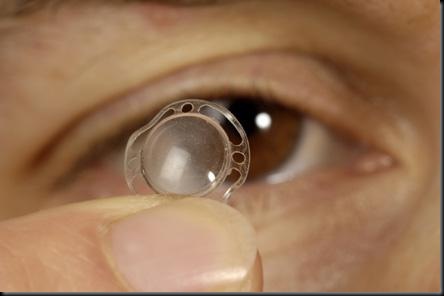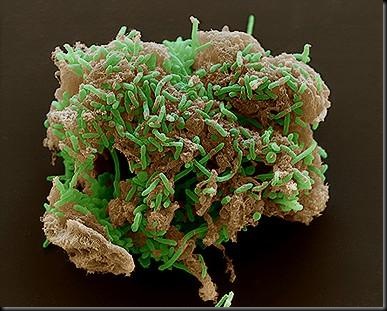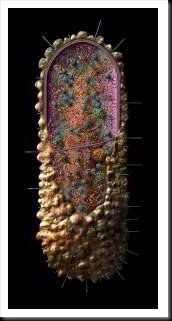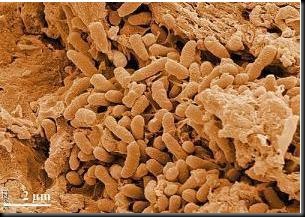I began my career with project which was funded by Centre of Military Airworthiness & Defence Research & Development Organization, Bangalore.
Project was divided into two phases
1. Development of Bio kits for detection of Aviation Fuels.
2. Detection of Contamination in Aviation Fuels by Bioluminescence Techinque.
Phase I project we designed kits to detect contamination by methods like Peptone Dextrose Bromothymol blue, Dipslide technique, Bio Det test and Membrane Flitration Technique. I would brief about one test which we carried out in lab.
Bio Det Test: Redox dyes are being used to detect contamination. TTC (triphenyl tetrazolium chloride) is used. In the presence of metabolizing microbial cells TTC is converted to Formazone. This conversion in the medium is noted by change from characteristic colour of the medium to reddish pink. Change in colour is directly indicates presence of microbes and therefore fuel is not fit for consumption in aviations.
Phase II is Rapid Tests
Bioluminescence is the ability of living things to emit light. It is found in many marine animals, both invertebrate (e.g., some cnidarians, crustaceans, squid) and vertebrate (some fishes); some terrestrial animals (e.g., fireflies, some centipedes); some fungi and bacteria. The molecular details vary from organism to organism, but each involves a luciferin, a light-emitting substrate a luciferase, an enzyme that catalyzes the reaction ATP, the source of energy molecular oxygen, O2.
The more ATP available, the brighter the light. In fact, firefly luciferin and luciferase are commercially available for measuring the amount of ATP in biological materials.
The efficient light-producing enzyme system of ATP bioluminescence for the rapid detection of microorganisms. All actively respiring organisms contain adenosine triphosphate (ATP), which is used as the universal currency of free energy in biological systems. The luciferase enzyme hydrolyses ATP to AMP, releasing the stored energy as visible light. Luciferase can therefore be used to quickly detect the presence or absence of viable microorganisms in a sample by examining it for their ATP.
The mechanism of the light-producing reaction is: This light produced is measured using a instrument called "Luminometer". The intensity of light produced is proportional to the concentration of ATP and thus number of microbial cells.
This light produced is measured using a instrument called "Luminometer". The intensity of light produced is proportional to the concentration of ATP and thus number of microbial cells.
The reaction is very efficient; every molecule of ATP can cause emission of a photon of green light. This provides a more rapid microbial detection system than waiting for visible colonies to grow on agar plates.
Some raw materials and end products may contain high levels of non-microbial ATP that can interfere with the bioluminescence reaction. This non-microbial ATP needs to be removed by use of an apyrase pretreatment. ATP-depleting reagent that is capable of isolating and removing both free and somatic ATP, enabling the detection of microbial ATP in contaminated biopharmaceutical samples.
